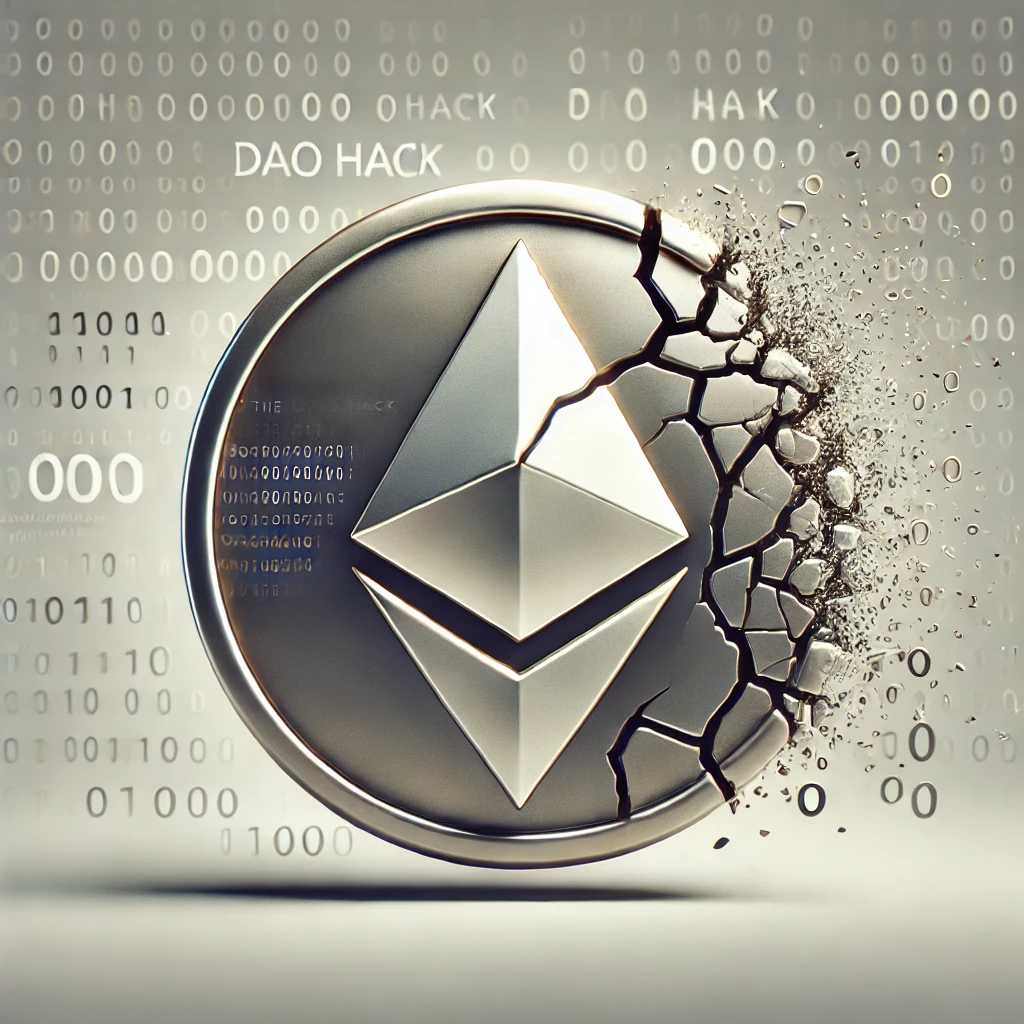
The DAO Hack: A Turning Point for Ethereum
The world of cryptocurrencies has seen many notable events, but few have been as pivotal as the DAO hack. This incident not only marked a significant turning point for Ethereum but also reshaped the landscape of blockchain technology. In this blog, we’ll dive deep into the events surrounding the DAO hack, its implications, and how it transformed Ethereum into what it is today. Buckle up as we explore this fascinating story, filled with intrigue, controversy, and innovation.
What Was the DAO?
The Birth of Decentralized Autonomous Organizations
The concept of a Decentralized Autonomous Organization (DAO) was revolutionary. The DAO was designed to be a fully decentralized investment fund, managed by the community without any central authority. Built on the Ethereum blockchain, the DAO was envisioned as a new way to manage and fund projects. Investors could buy DAO tokens, which granted them voting rights on which projects to fund.
The Hype and Investment Boom
When the DAO launched in April 2016, it quickly gained immense popularity. Investors were excited about the potential of decentralized governance, and the DAO raised over $150 million worth of Ether (ETH) within weeks, making it one of the largest crowdfunding campaigns in history. The promise of democratized venture capital attracted a diverse group of investors, from tech enthusiasts to financial experts.
The Vulnerability and the Hack
The Exploit
Despite its promising start, the DAO had a critical flaw. On June 17, 2016, an attacker exploited a vulnerability in the DAO’s smart contract code. This vulnerability allowed the hacker to siphon off approximately $50 million worth of Ether. The attack sent shockwaves through the cryptocurrency community and raised serious questions about the security of smart contracts and the future of Ethereum.
The Community Reaction
The hack sparked intense debate within the Ethereum community. On one side, there were those who believed in the immutability of the blockchain and argued that the hack should not be undone. On the other side, many felt that action needed to be taken to restore the stolen funds and protect investors. The controversy highlighted the philosophical divide within the community regarding the principles of decentralization and immutability.
The Aftermath and Hard Fork
Proposals for Resolution
In the wake of the hack, several solutions were proposed. One of the most discussed was a soft fork, which would prevent the stolen funds from being moved. However, concerns about the feasibility and security of a soft fork led to the consideration of a hard fork, which would effectively reverse the hack by creating a new version of the Ethereum blockchain.
The Hard Fork Decision
After much deliberation, the Ethereum community decided to implement a hard fork. On July 20, 2016, the Ethereum blockchain was split into two: Ethereum (ETH) and Ethereum Classic (ETC). The hard fork restored the stolen funds to the original investors, but it also resulted in a permanent schism in the community. Ethereum Classic emerged as a continuation of the original chain, maintaining the principle of immutability.
Implications for Ethereum
Security Enhancements
The DAO hack was a wake-up call for the Ethereum community, leading to significant improvements in smart contract security. Developers began to implement more rigorous auditing processes and security best practices to prevent similar incidents in the future. The incident also spurred the development of tools and frameworks for better testing and verification of smart contracts.
Governance and Decision-Making
The hard fork also highlighted the need for better governance mechanisms within the Ethereum ecosystem. The community realized that decision-making processes needed to be more robust and transparent. This led to the development of various governance frameworks and initiatives aimed at improving community participation and consensus-building.
The Legacy of the DAO Hack
A Cautionary Tale
The DAO hack serves as a cautionary tale about the risks and challenges of decentralized systems. It underscores the importance of thorough code review, security audits, and the need for resilience against unforeseen vulnerabilities. For new projects in the blockchain space, the DAO hack remains a critical case study in the importance of prioritizing security from the outset.
Catalyst for Innovation
Despite the initial setback, the DAO hack ultimately acted as a catalyst for innovation within the Ethereum ecosystem. The incident prompted developers and researchers to rethink and improve the security and functionality of smart contracts. The lessons learned from the DAO hack have contributed to the development of more secure and robust decentralized applications (dApps).
Moving Forward: The Future of Ethereum
Evolving Ethereum
Since the DAO hack, Ethereum has continued to evolve and grow. The platform has seen numerous upgrades, including the transition from proof-of-work to proof-of-stake with Ethereum 2.0. These upgrades aim to enhance the scalability, security, and sustainability of the network, addressing some of the challenges exposed by the DAO hack.
DeFi and Beyond
Ethereum’s role in the burgeoning decentralized finance (DeFi) sector is a testament to its resilience and adaptability. The platform has become the backbone of a vast array of DeFi projects, offering innovative financial services and products. The lessons from the DAO hack have informed the development of these projects, ensuring a greater emphasis on security and governance.
Conclusion
The DAO hack was undoubtedly a turning point for Ethereum. It exposed vulnerabilities, sparked intense debate, and ultimately led to significant improvements in the platform’s security and governance. While the incident was a setback, it also paved the way for innovation and growth, solidifying Ethereum’s position as a leading platform for decentralized applications.
As we reflect on the DAO hack, it serves as a reminder of the challenges and opportunities in the world of blockchain technology. The journey of Ethereum is a testament to the resilience and ingenuity of its community, continually pushing the boundaries of what is possible in the decentralized world.
Disclaimer: This blog is for informational purposes only and does not constitute financial or investment advice. Please report any inaccuracies so we can correct them promptly.